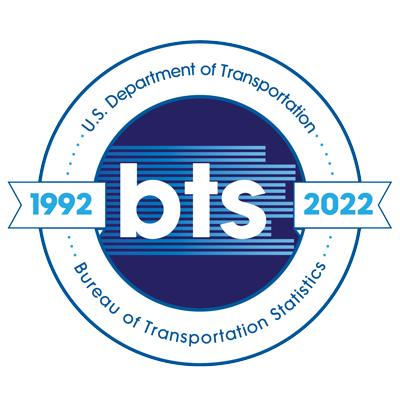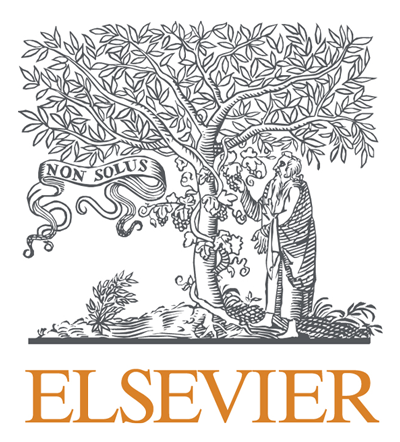Mapping Household Disaster Preparedness: Presenting a New Geospatial Dataset across States, Counties, and Zip-Codes in the U.S. and Puerto Rico
Topics:
Keywords: preparedness, resilience, disasters, open-source, ShinyApp, vulnerability, risk
Abstract Type: Paper Abstract
Authors:
Forest Kane Cook, Utah State University, Department of Landscape Architecture and Environmental Planning
Peter Howe, Utah State University, Department of Environment and Society
,
,
,
,
,
,
,
,
Abstract
Hazard and disaster preparedness has been identified as a major component of disaster resilience, yet multiple studies indicate that preparedness levels in households and communities are lacking across the globe, particularly in the United States. Furthermore, preparedness activities are not typically associated with any geospatial dataset or tool, preventing analysis and study of how prepared the country is across geographic scales; until now. Using a multilevel regression with poststratification (MRP) modeling approach with publicly available census data and household preparedness survey data, we estimate household engagement across different preparedness actions, such as developing an evacuation plan or having an emergency disaster supply kit, at the state, county, and zip-code tabulation area scales. We also develop and map an index of household disaster preparedness actions. Results indicate regional and state variation across multiple actions, with the Southeast and Utah typically exhibiting higher levels of preparedness. To share these results, we present an open-source interactive ShinyApp mapping widget in R. Our maps and data are available for practitioners, academics, and the public alike to use and download for additional analysis regarding risk, vulnerability, and resilience to hazards and disasters.
Mapping Household Disaster Preparedness: Presenting a New Geospatial Dataset across States, Counties, and Zip-Codes in the U.S. and Puerto Rico
Category
Paper Abstract








